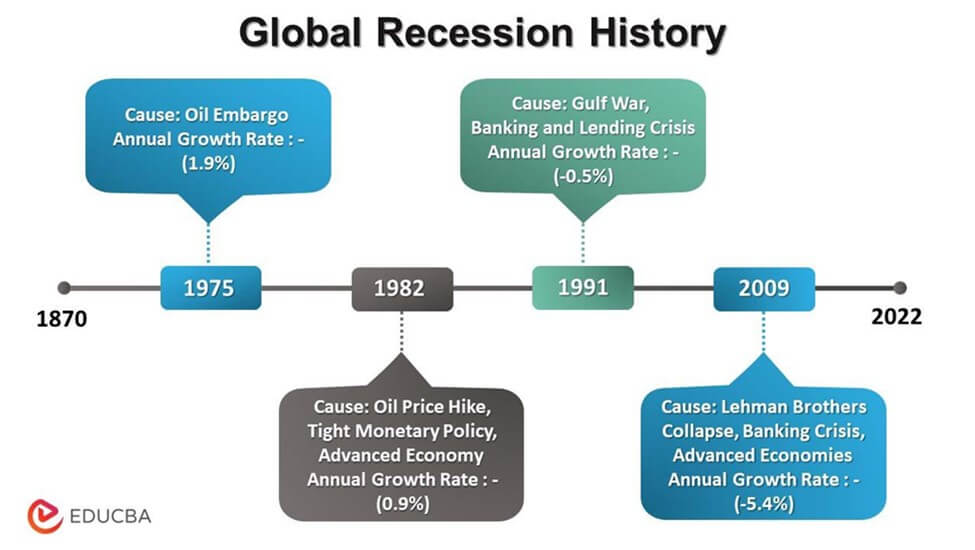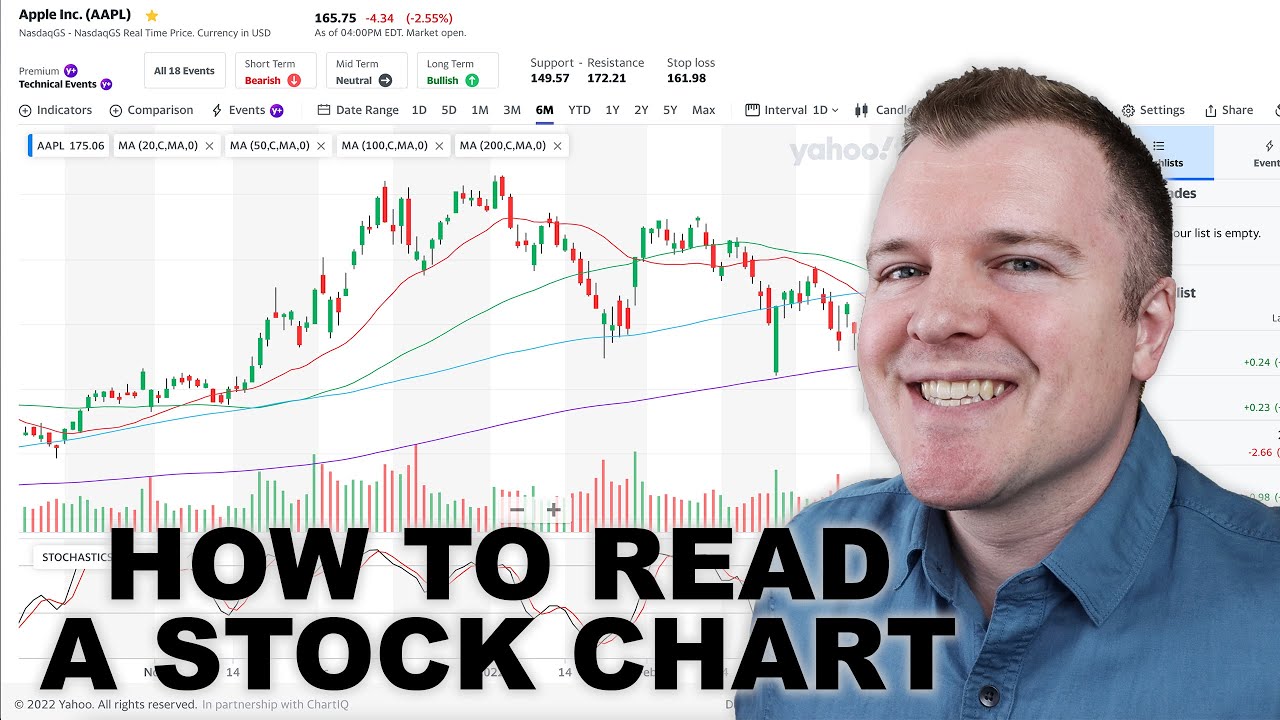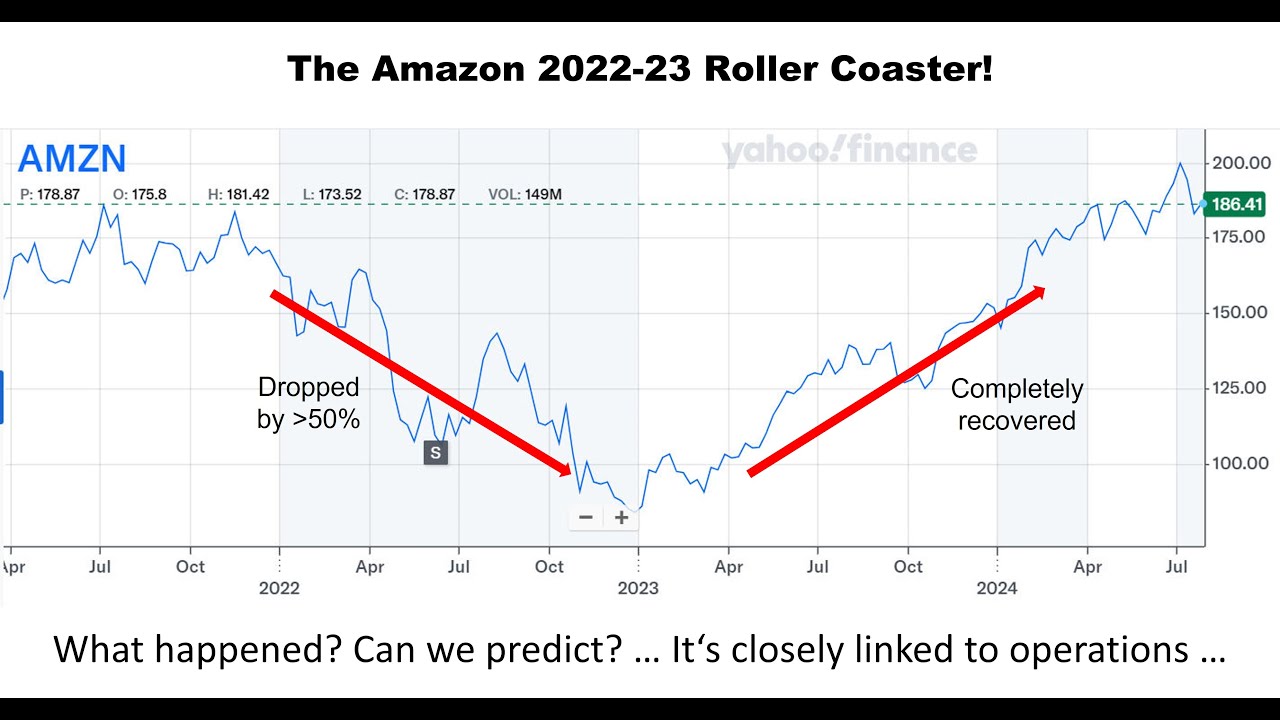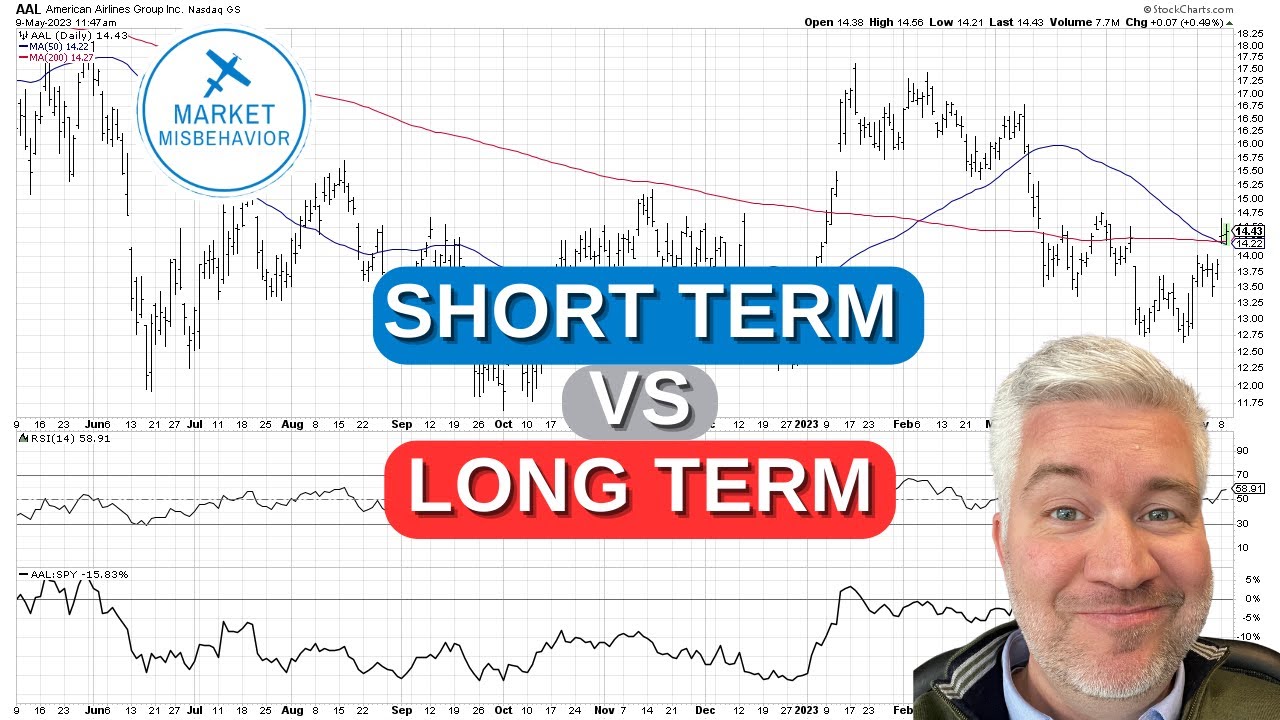
Quantitative Insights
Archive
Categories
Recent Posts
- Unlocking The Secrets of Low Risk Personal Finance
- Unveiling the Pros and Cons of Decentralized Finance (DeFi): A Comprehensive Overview
- Staying Ahead with Live Market Trends: A Comprehensive Guide
- Unlock Financial Freedom: The Ultimate Guide to Tax Saving
- Unleashing Investment Potential: Why You Should Embrace Low-Risk Technical Analysis
Tags
beginner guide to budgeting with low risk can you make money with market analysis with low risk economic outlook guide 2025 economic outlook outlook for beginners economic outlook prediction for beginners economic outlook report economic trends guide latest economy update latest financial advisor for students future of DeFi for retirement how to start trading psychology inflation analysis for beginners inflation explained live inflation outlook monthly inflation report for beginners interest rates analysis monthly interest rates forecast daily interest rates insights real time interest rates report interest rates trends 2025 investment news overview 2025 is cryptocurrency is index fund market analysis outlook market analysis prediction monthly market analysis report live market guide Microsoft's AI Strategy 2025 Impact Microsoft's Investment in OpenAI Microsoft's OpenAI Investment Impact Netflix Share Forecast Nvidia Stock Analysis 2025 QQQ Performance Analysis recession vs real estate stocks explained breaking stock trends guide monthly stock trends insights near me strategies for crypto exchange understanding basics technical analysis for passive income Tesla Stock Forecast tips for forex signals for 2025 tips for long term investment for 2025 tips for swing trading in simple terms US Inflation Impact on Stock Market Performance Wall Street Earnings Preview 2025









